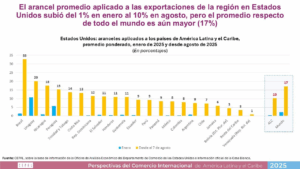
El Salvador’s Fiscal Transparency Portal recorded a notable increase in revenue collection during 2025, reaching US$7,085.8 million in total accumulated revenue, representing an additional US$585.7 million compared to the same period in 2024. This 9.0% increase reflects a significant improvement in resource collection and greater economic activity in key sectors.
Tax revenue continues to be the main driver
Current revenue and contributions totaled US$7,020.1 million, with year-on-year growth of 8.6%. Within this figure, tax revenue stood out, totaling US$6,762.7 million, also with a positive variation of 8.6%.
Value Added Tax (VAT) remained the main source of revenue, with US$3,162.3 million, equivalent to a 9.4% increase, driven by higher domestic consumption. Meanwhile, income tax saw a 7.3% expansion, reaching US$2,903.4 million, reflecting improved results in corporate and labor income.

Sectoral variations and challenges
The data also show differentiated performance among the various tax categories. Import duties grew by 15.8%, demonstrating greater dynamism in foreign trade. However, some selective consumption taxes experienced significant decreases, such as those on arms and ammunition (-24.1%) and the ad valorem tax on fuels (-22.6%), which could be due to changes in demand patterns or stricter regulations.
Fees and duties increased by 18.9%, reaching US$49.5 million, while other revenues and recoveries showed moderate increases.

Economic context and relevance
The overall growth in tax revenue strengthens the government’s capacity to finance operations, priority programs, and strategic projects. The evolution of revenues reflects a sustained economic recovery, as well as greater dynamism in sectors such as domestic consumption and international trade.
However, the declines recorded in certain fiscal categories point to sectoral challenges and underscore the need to continue diversifying public revenue sources to maintain long-term financial stability.
You can also read:







